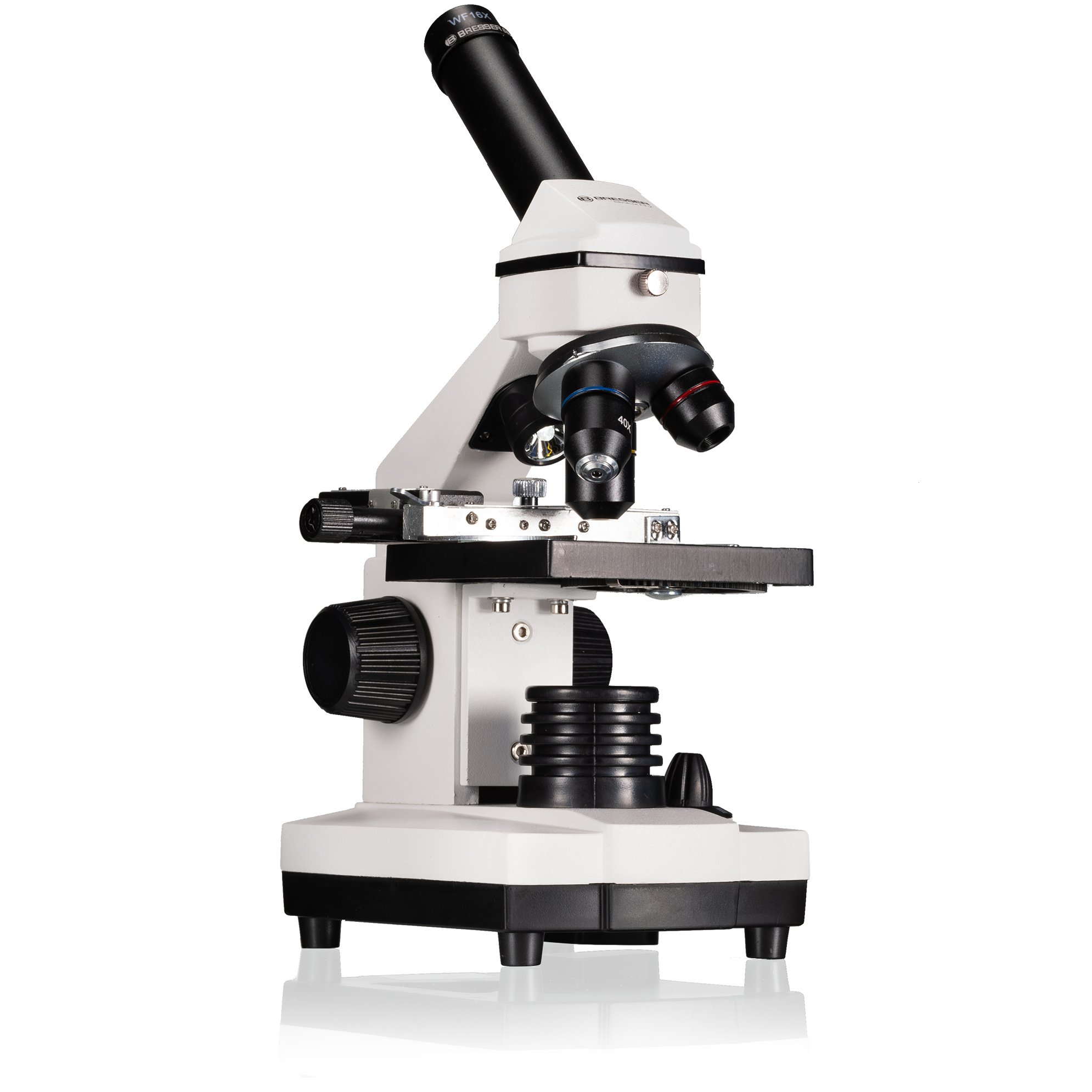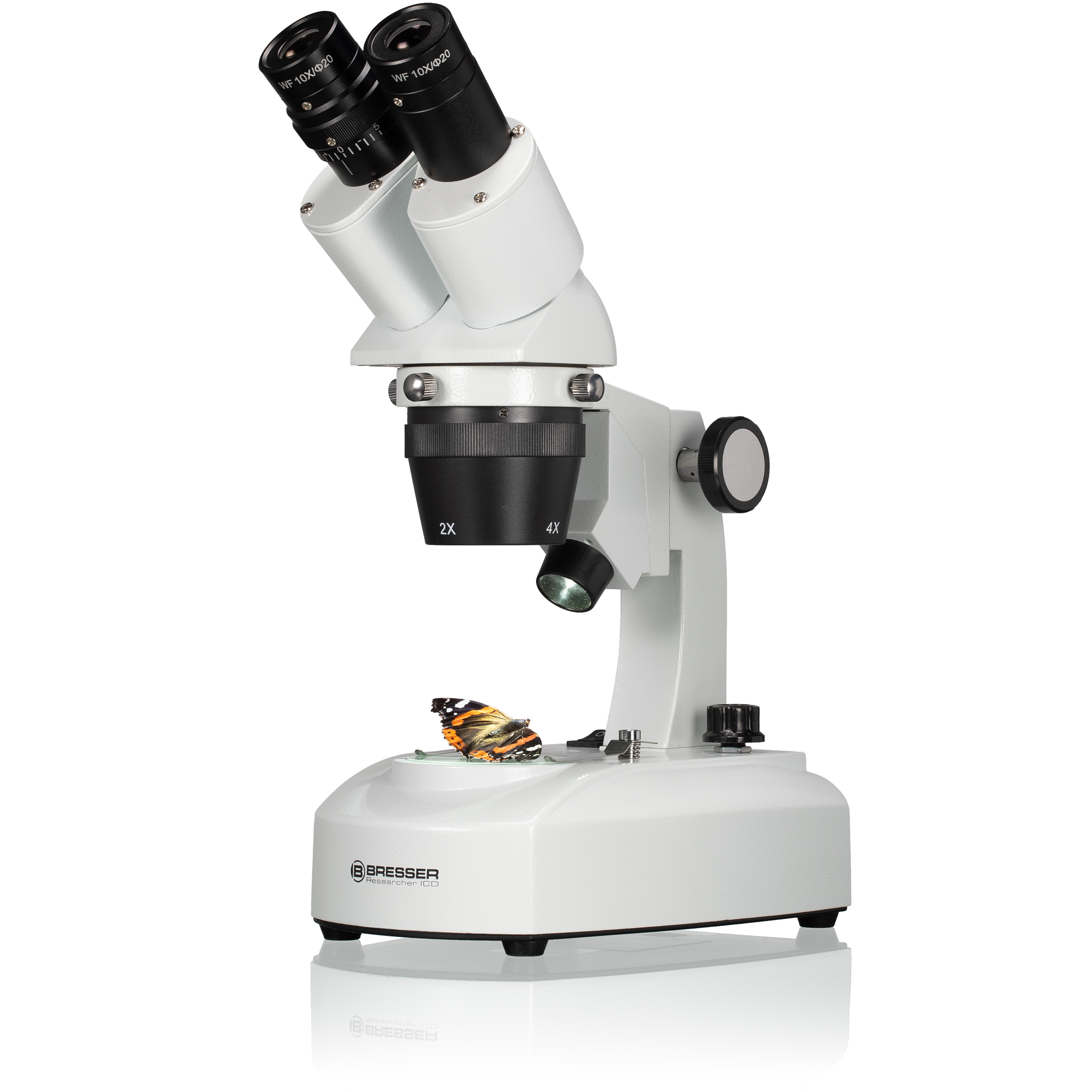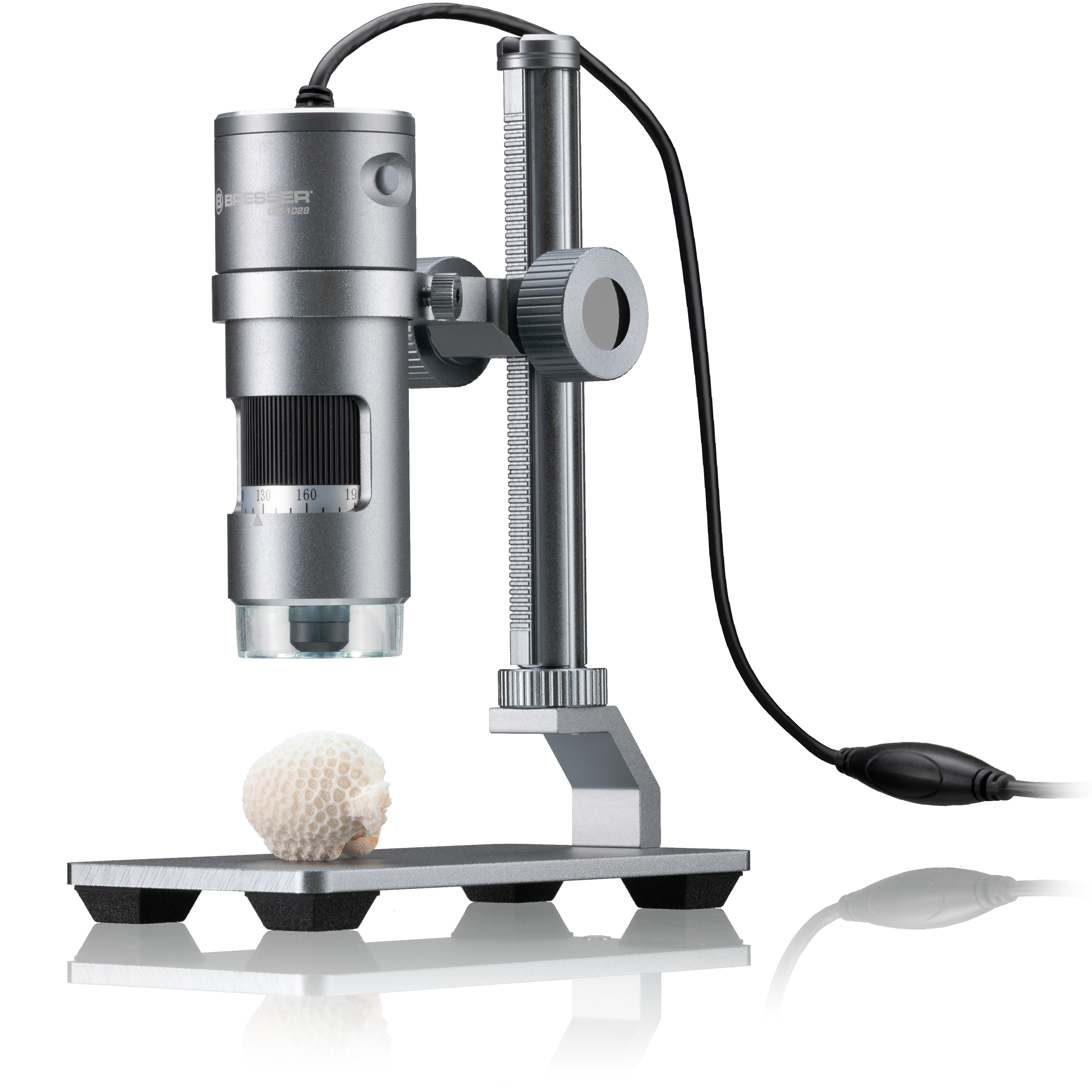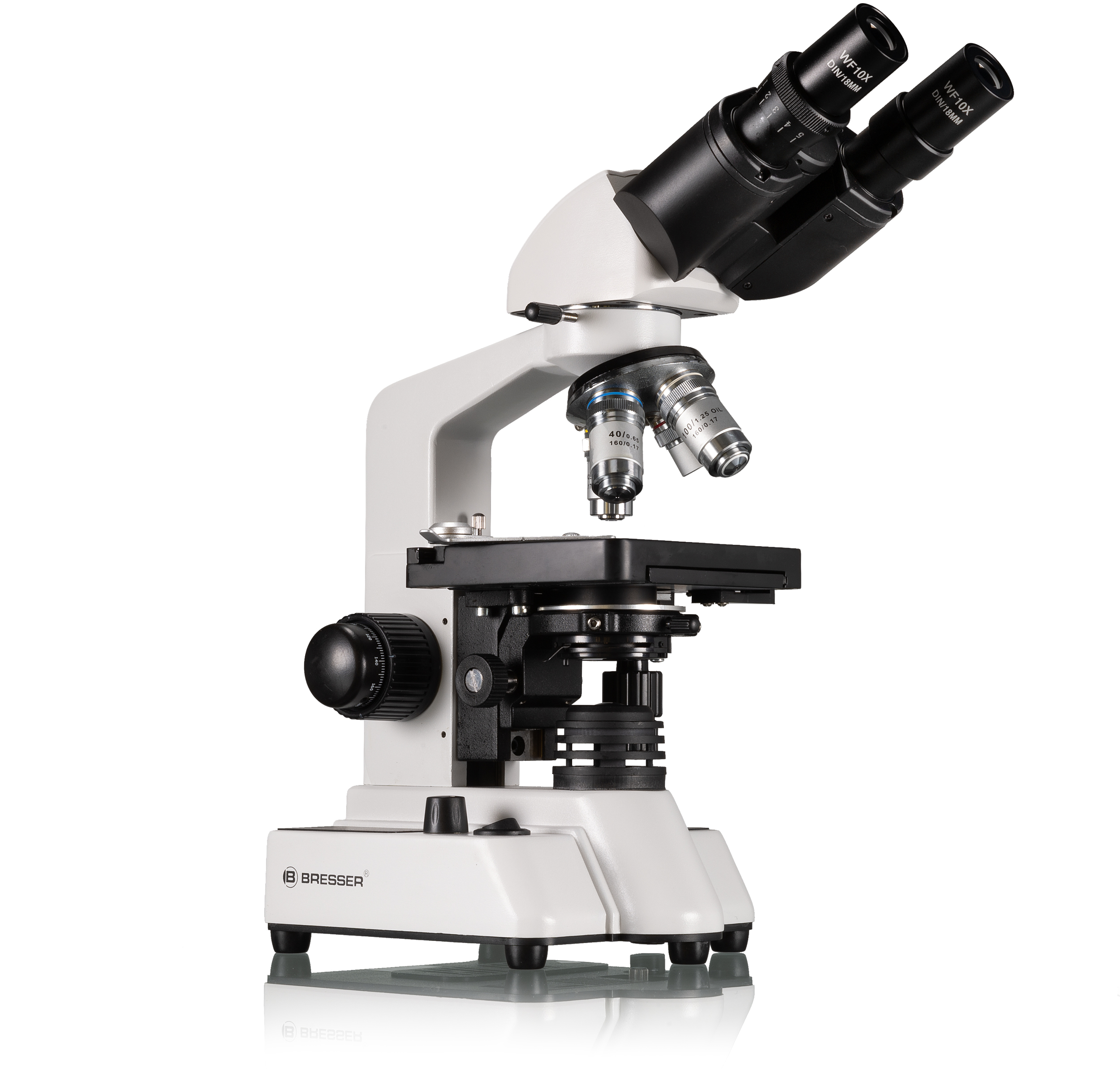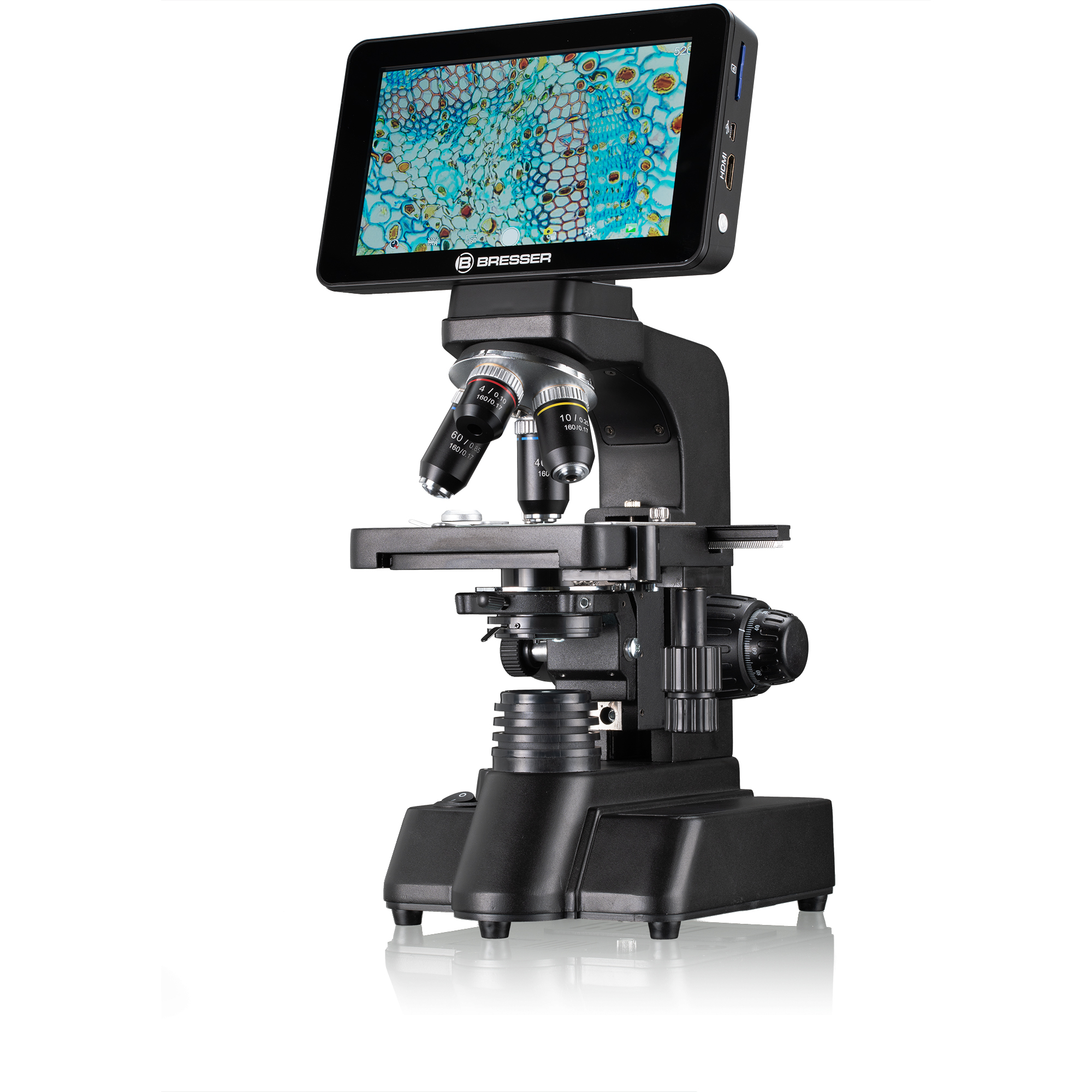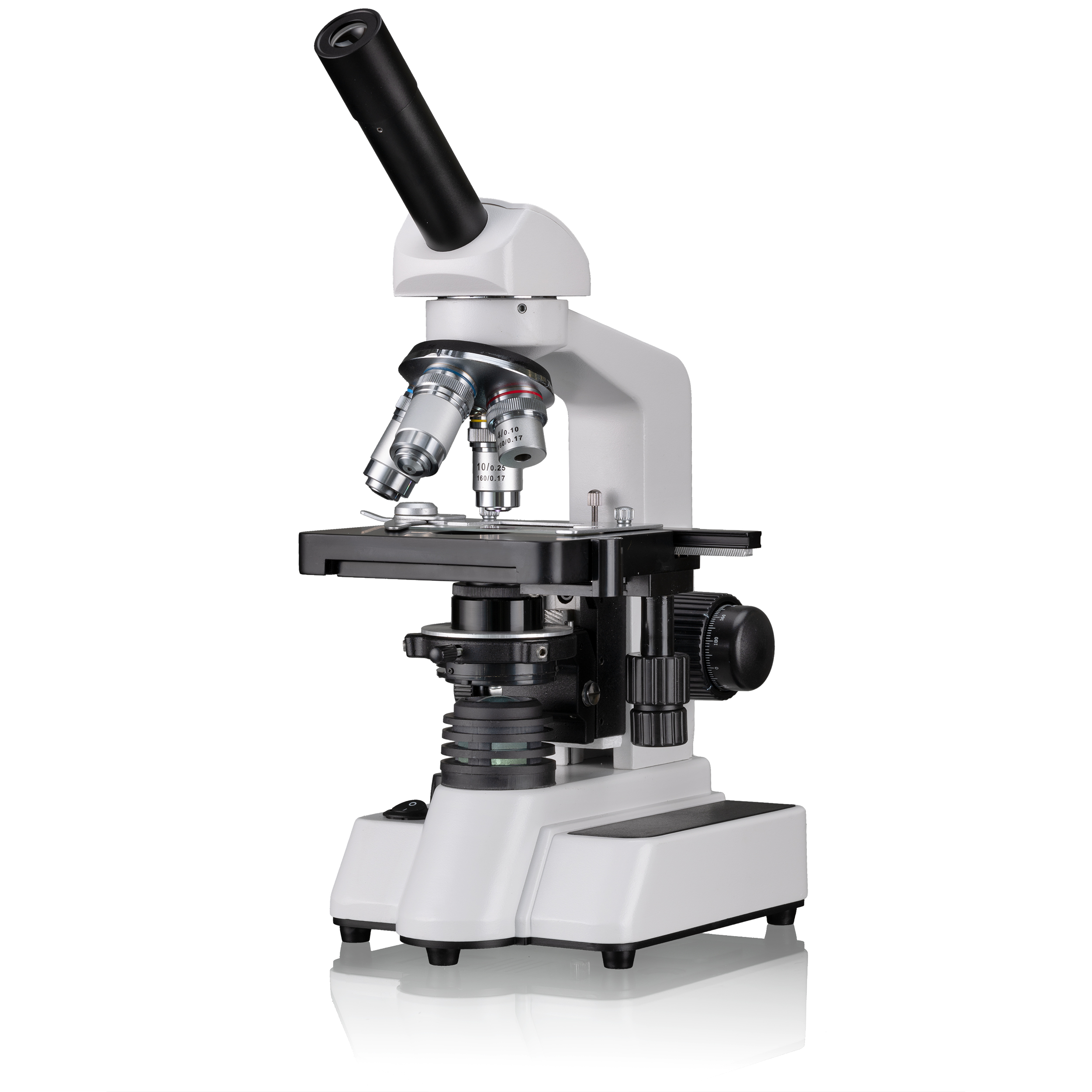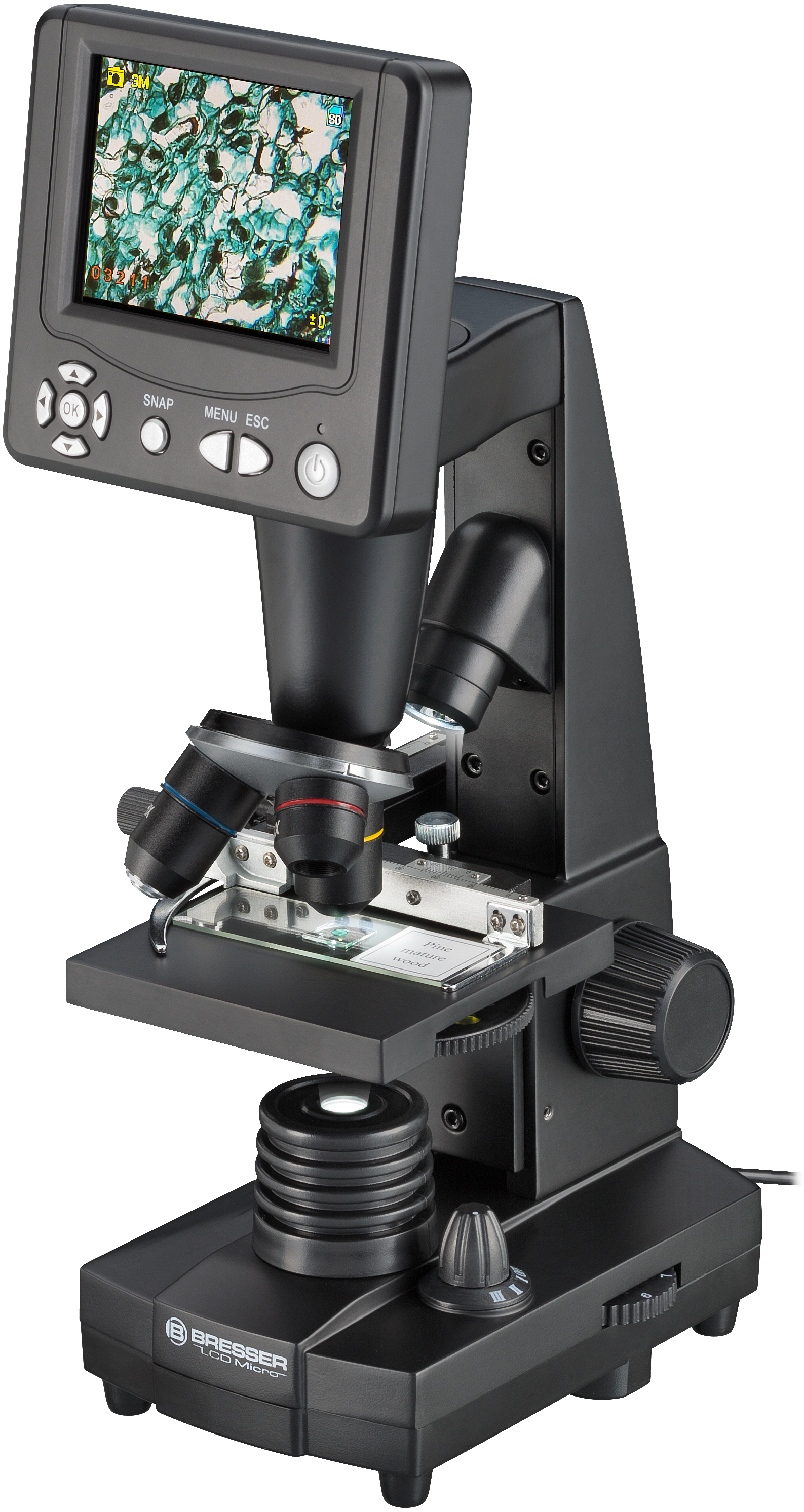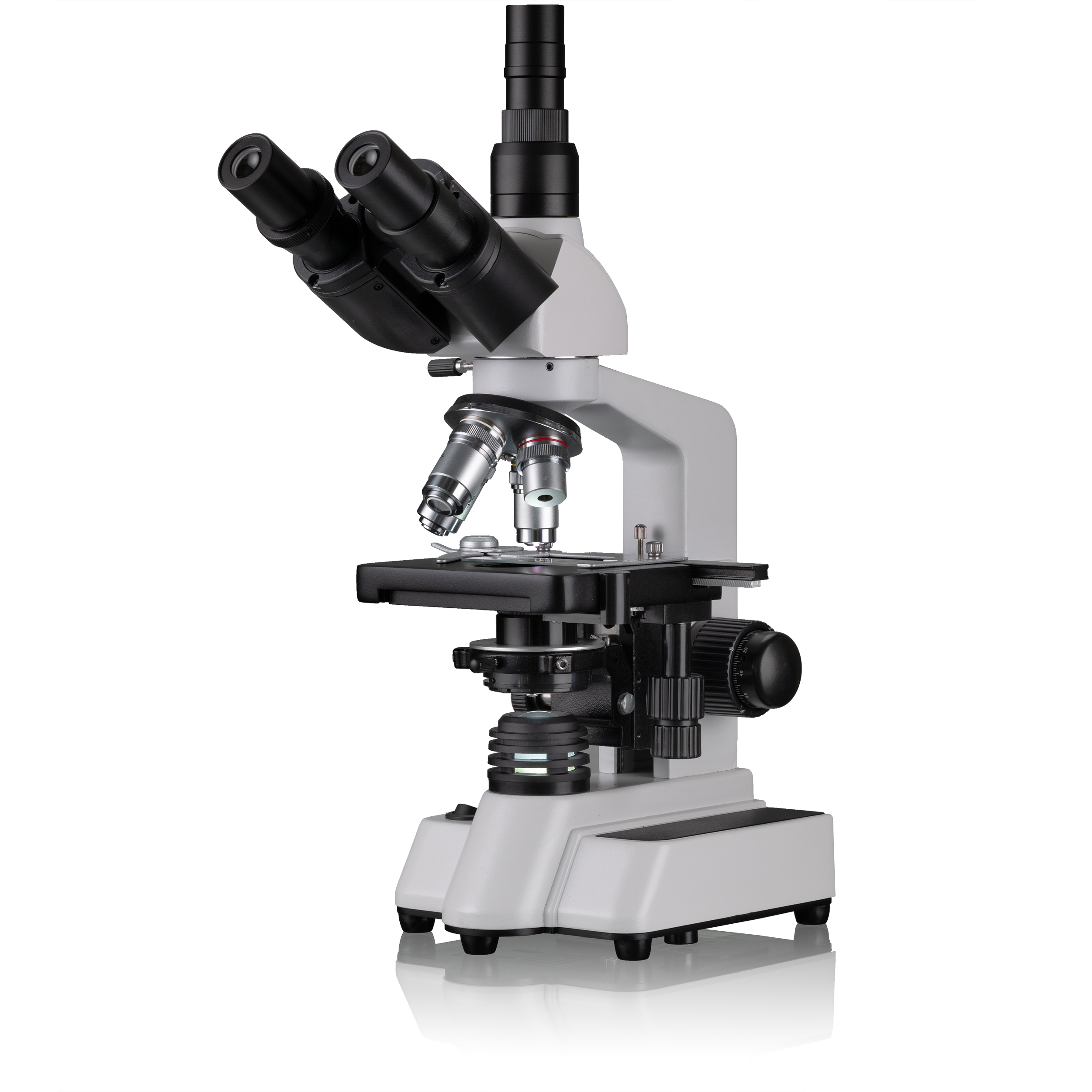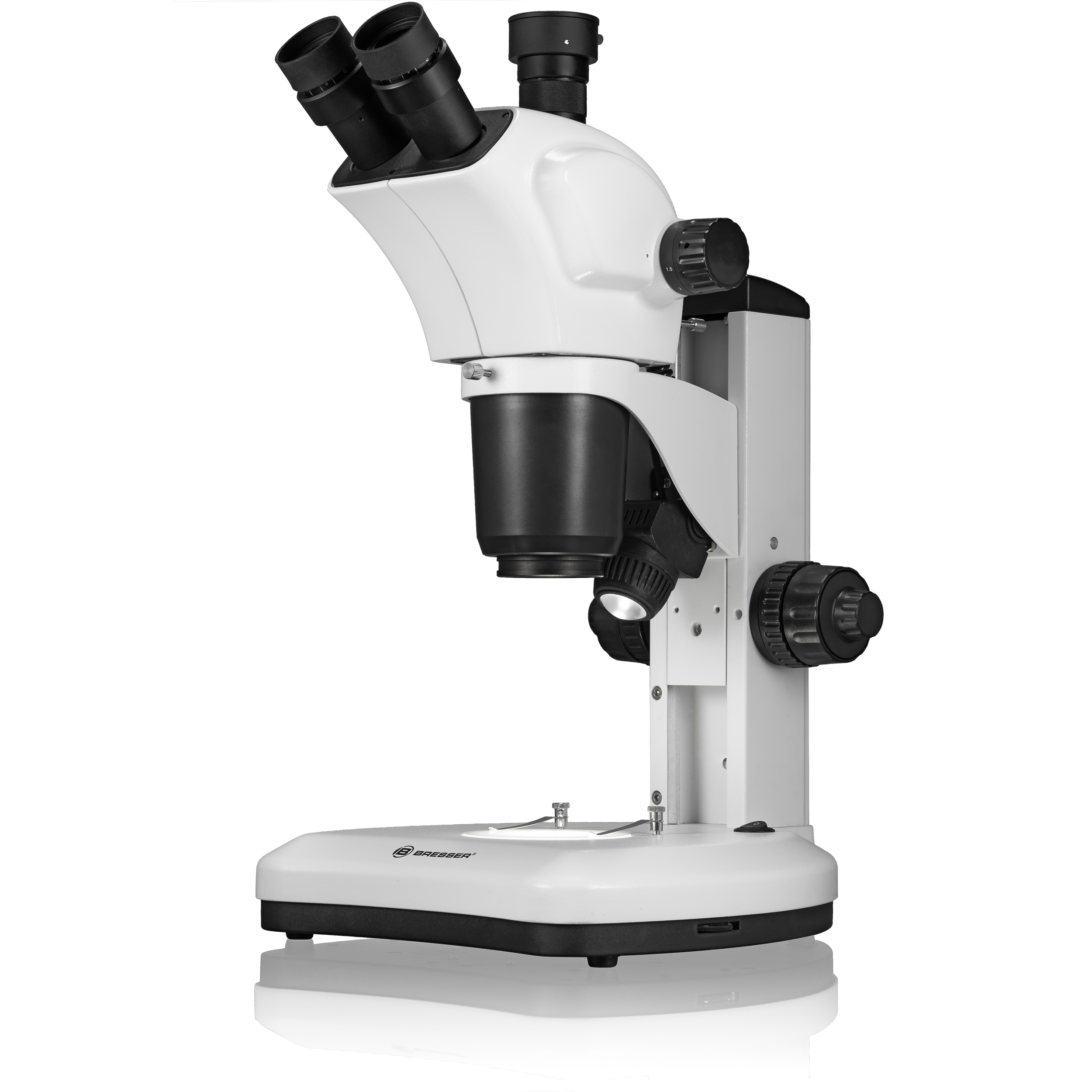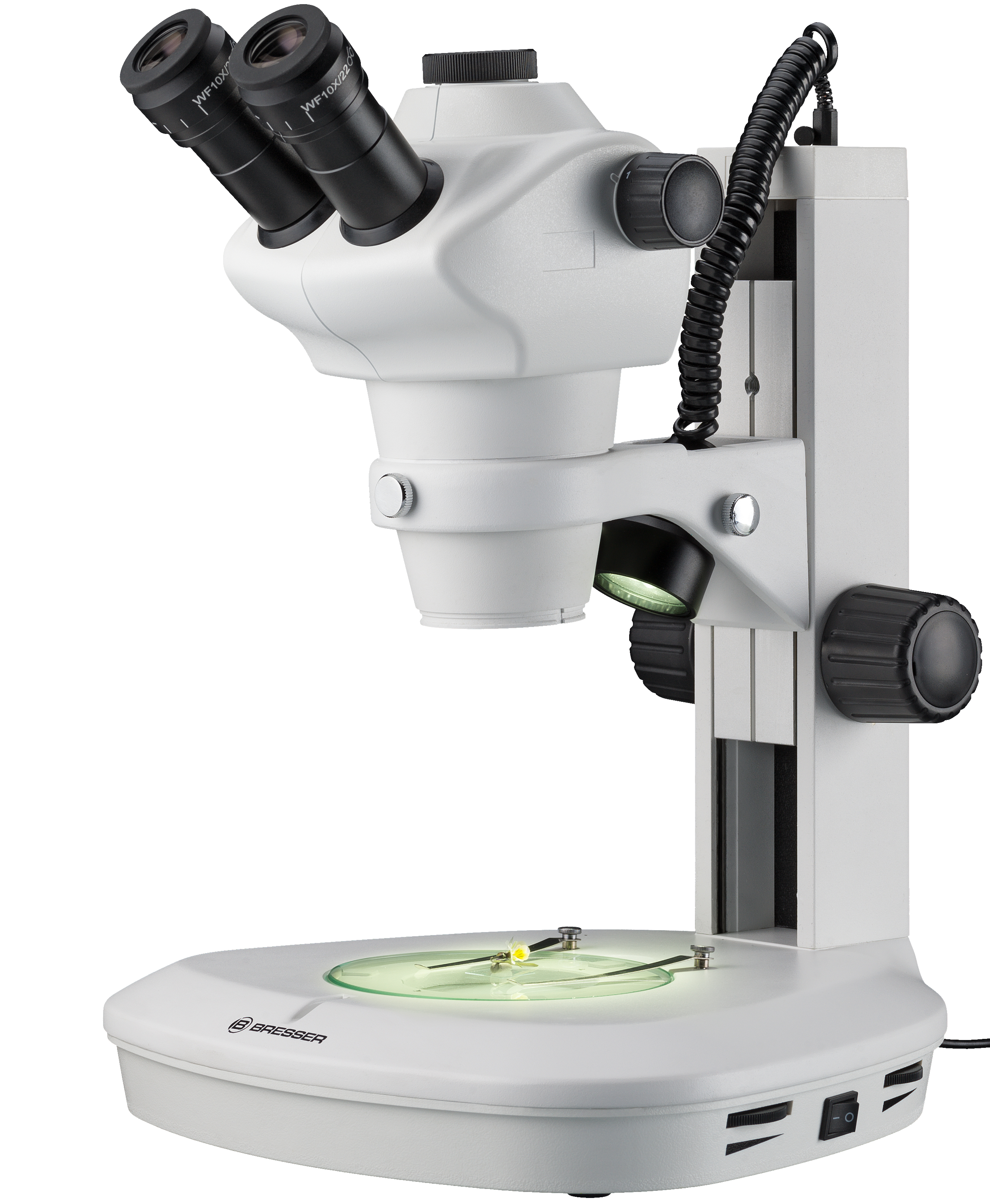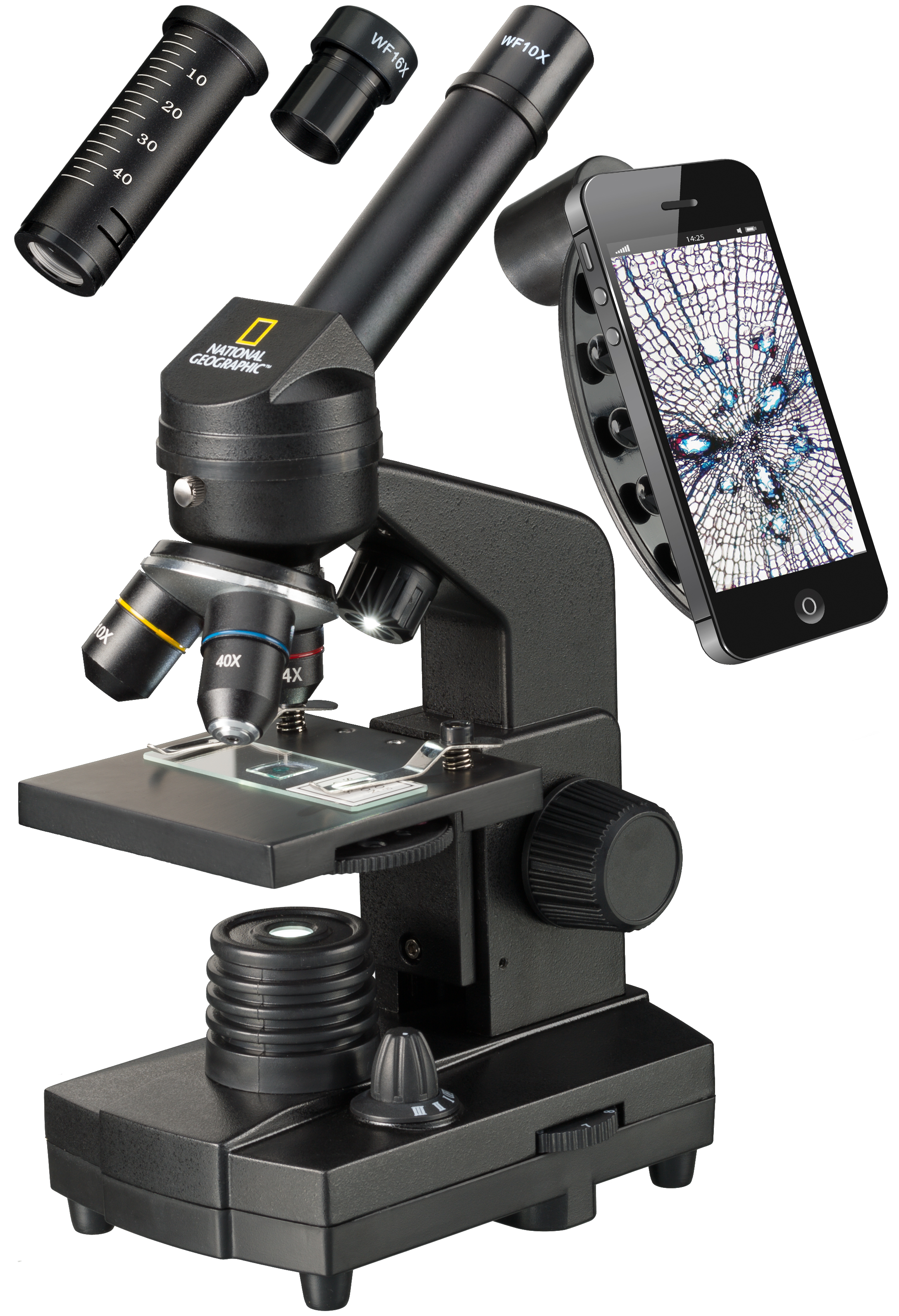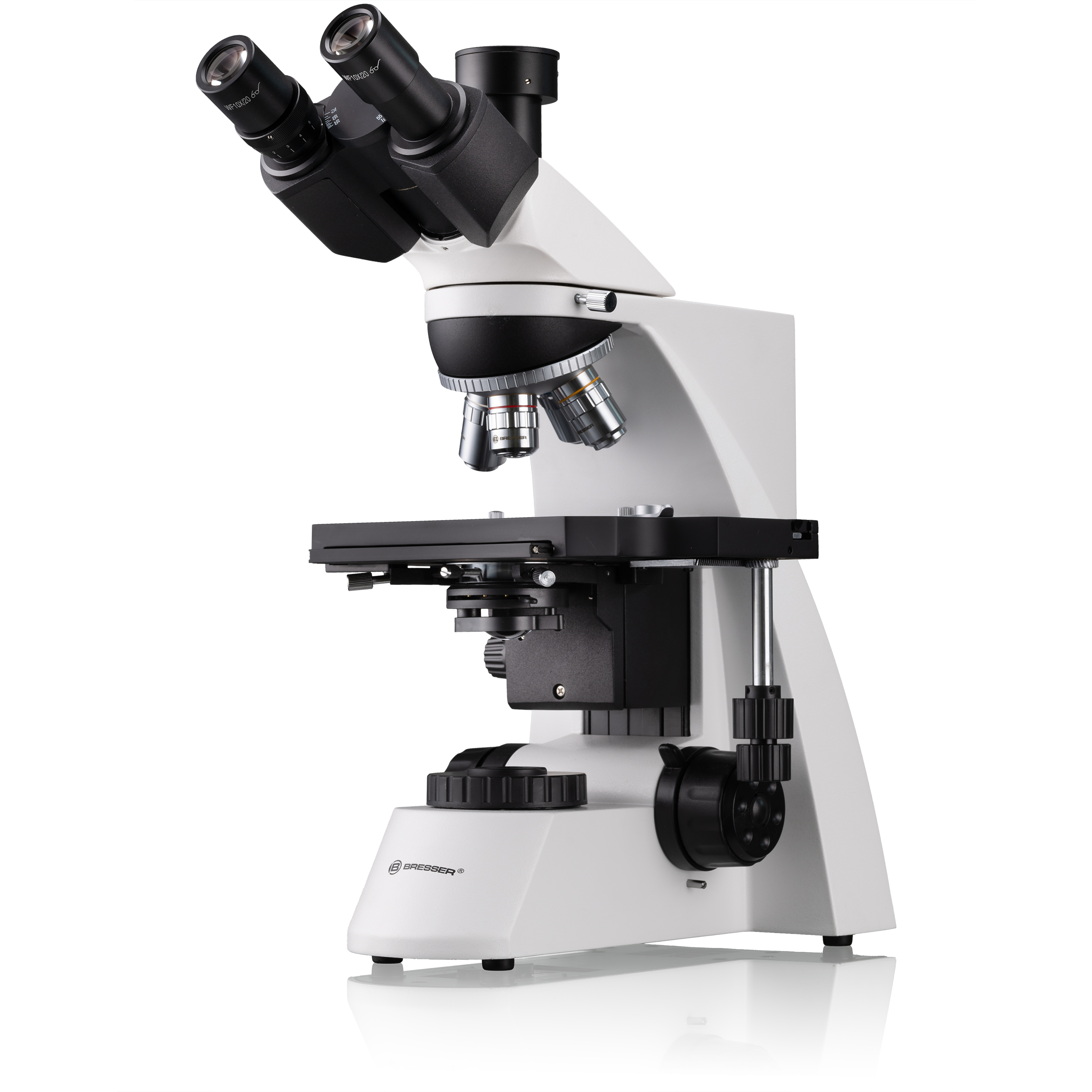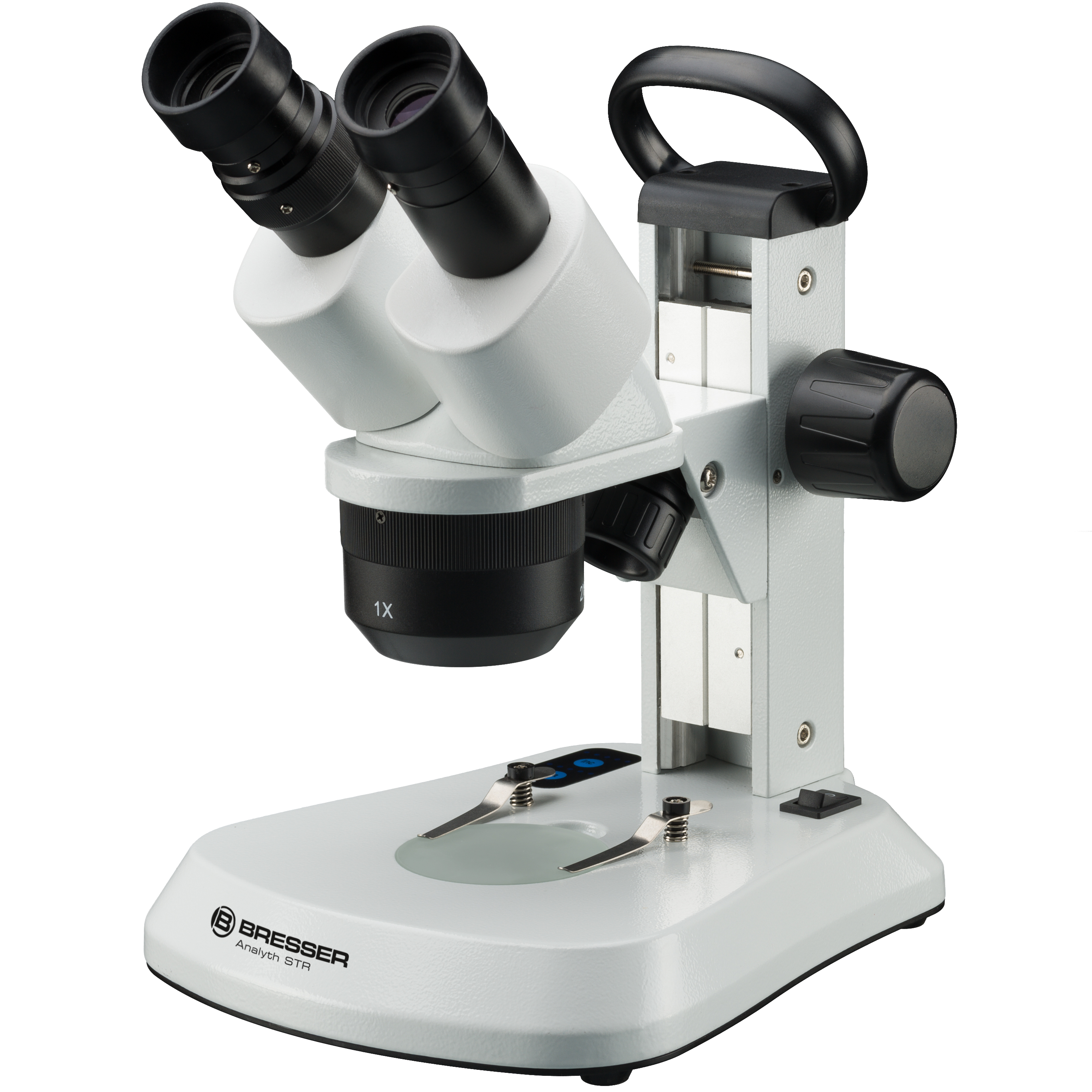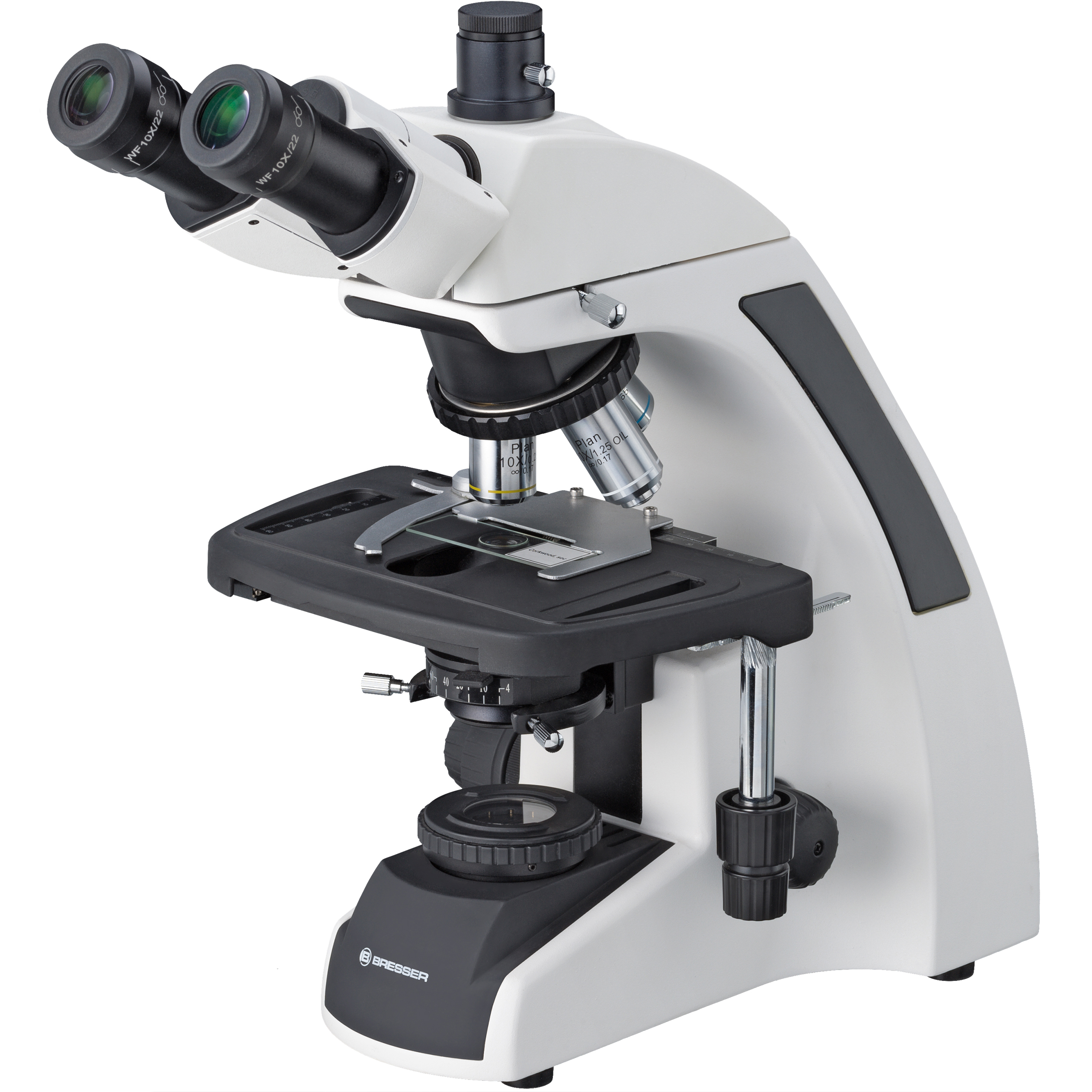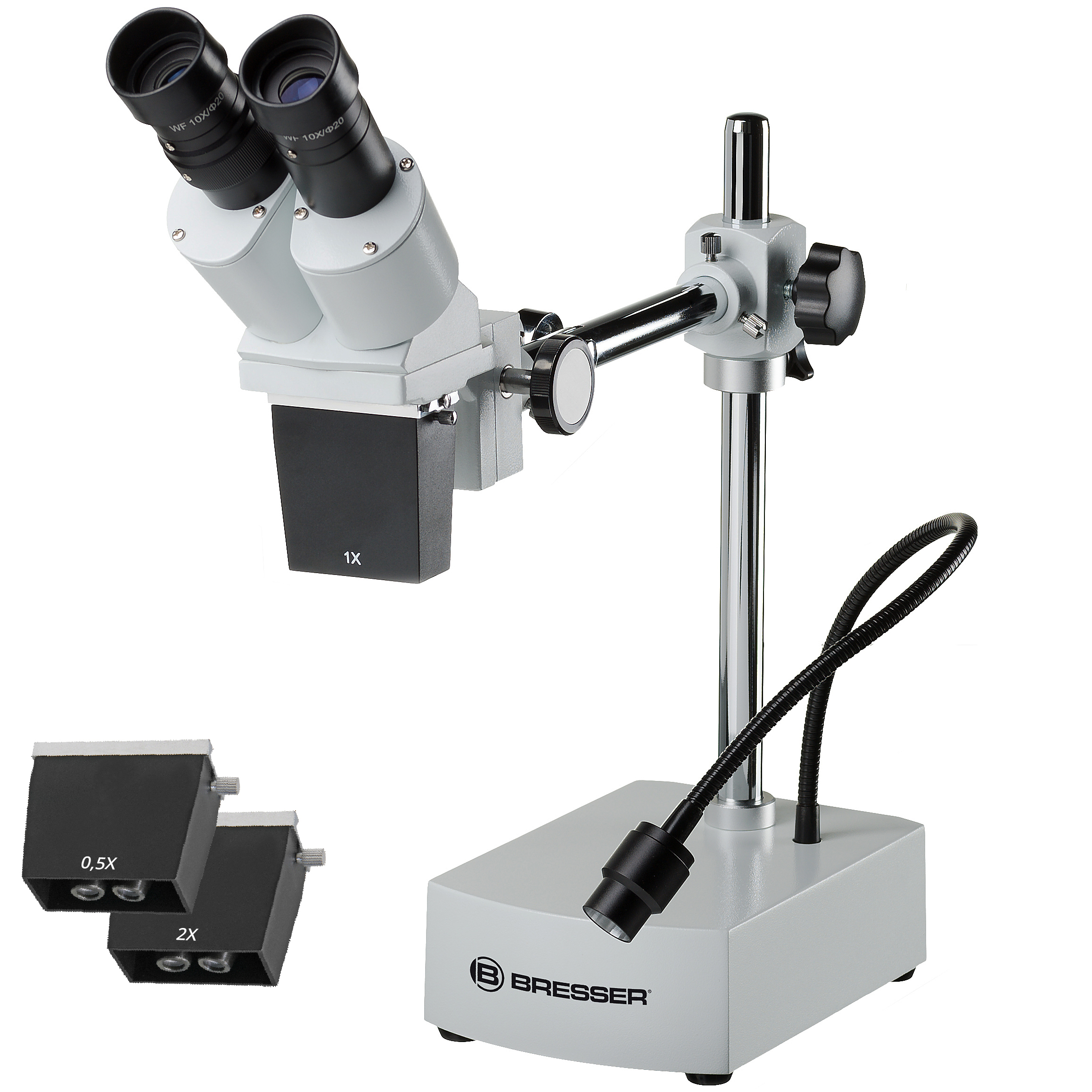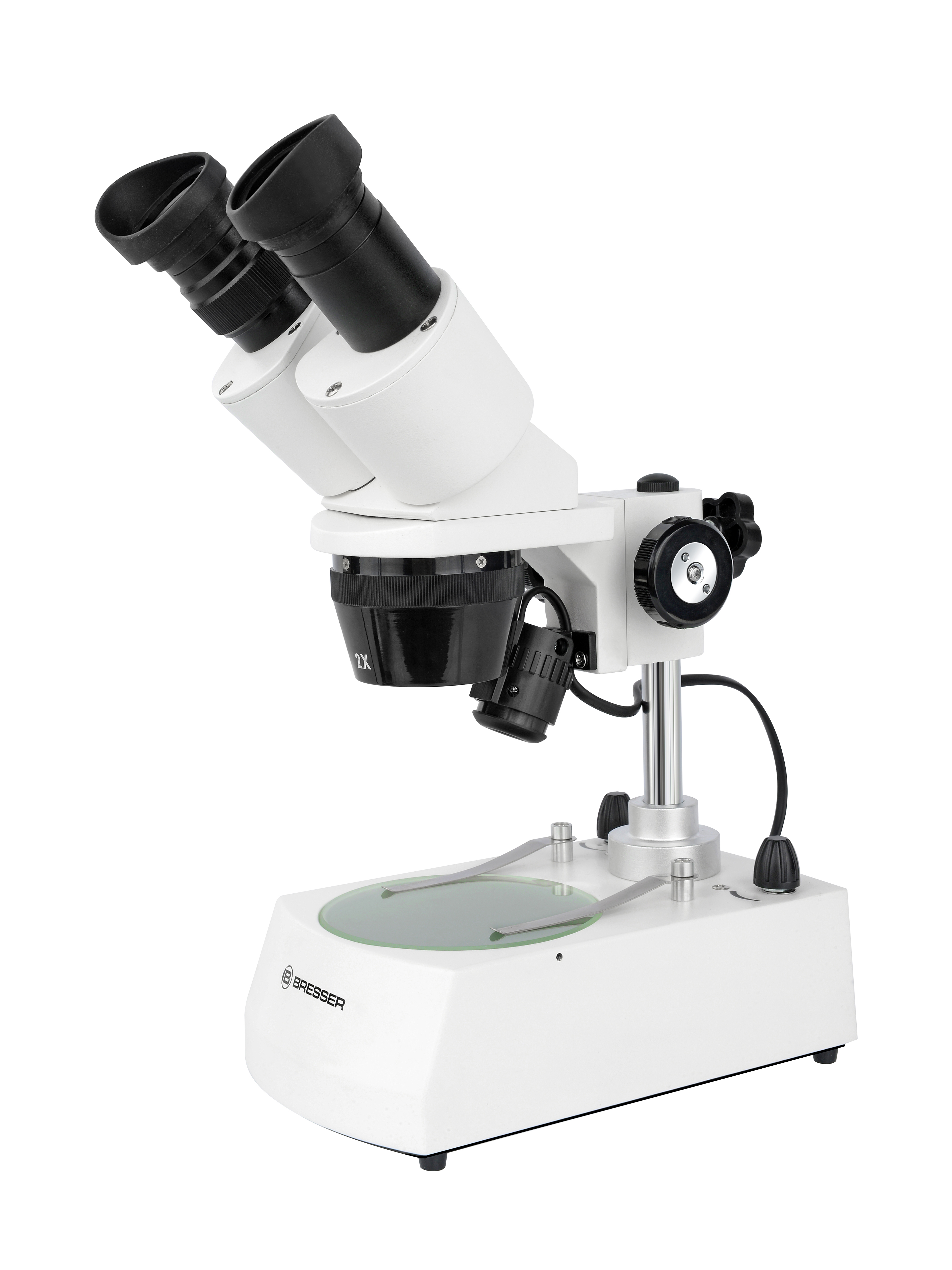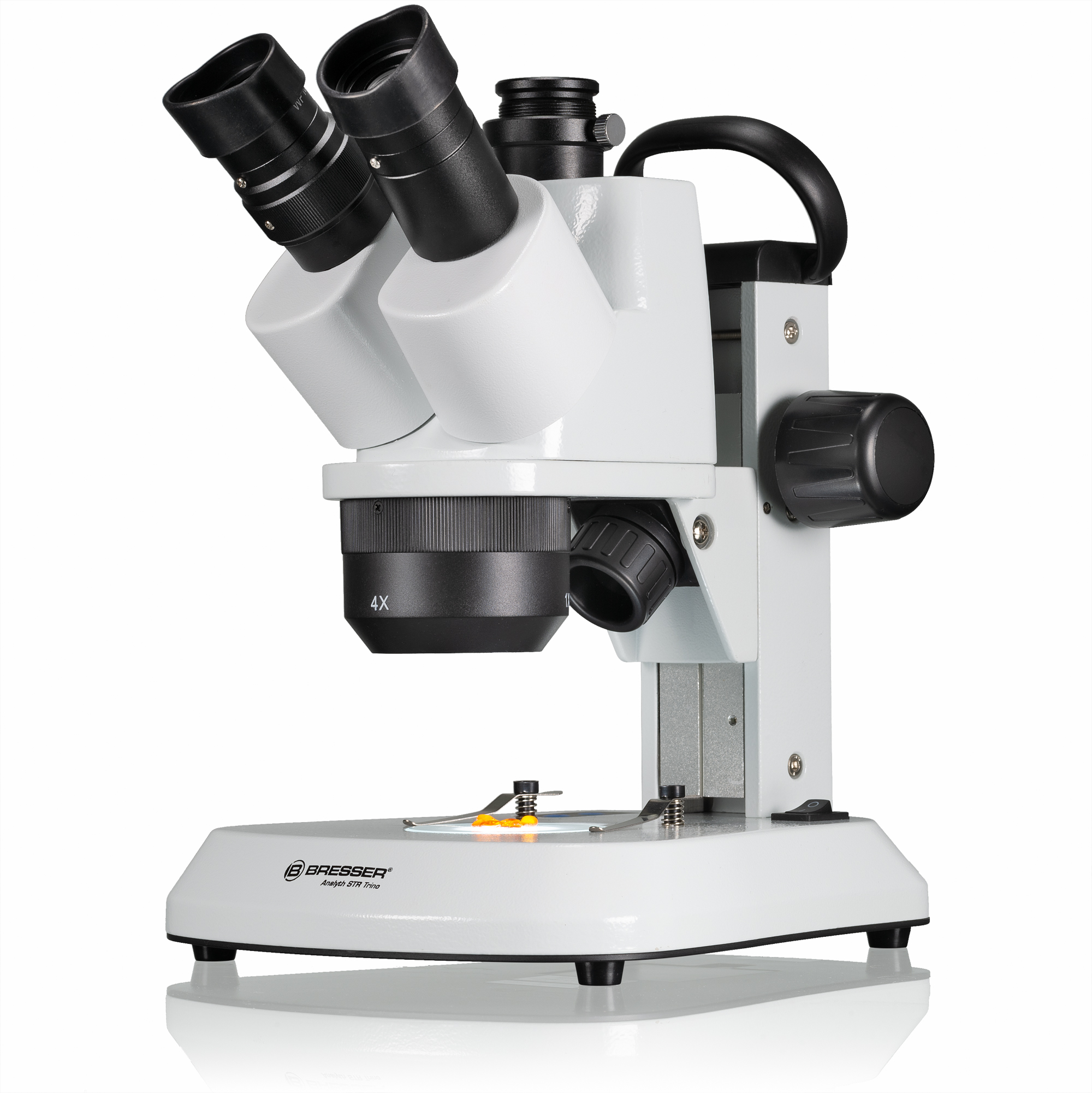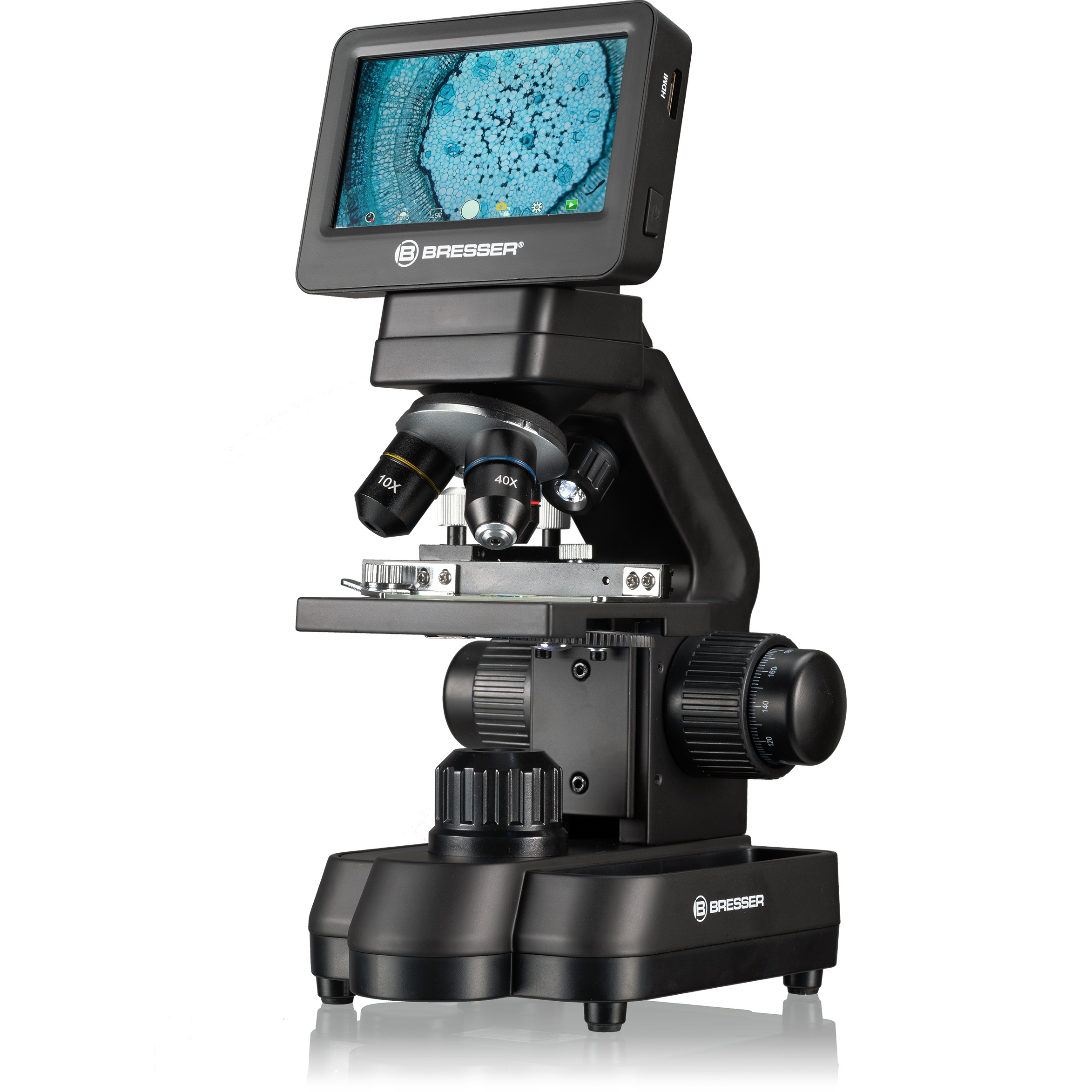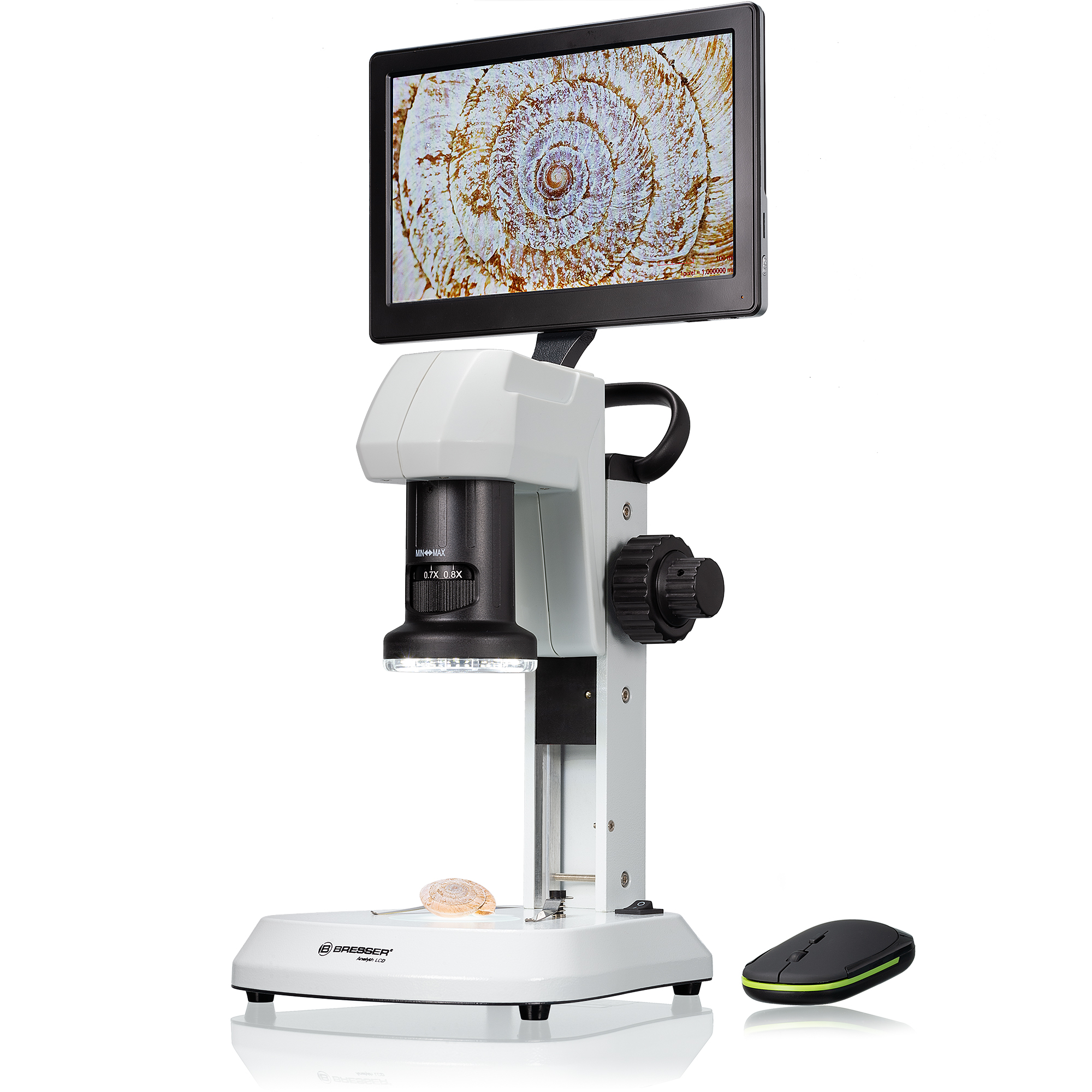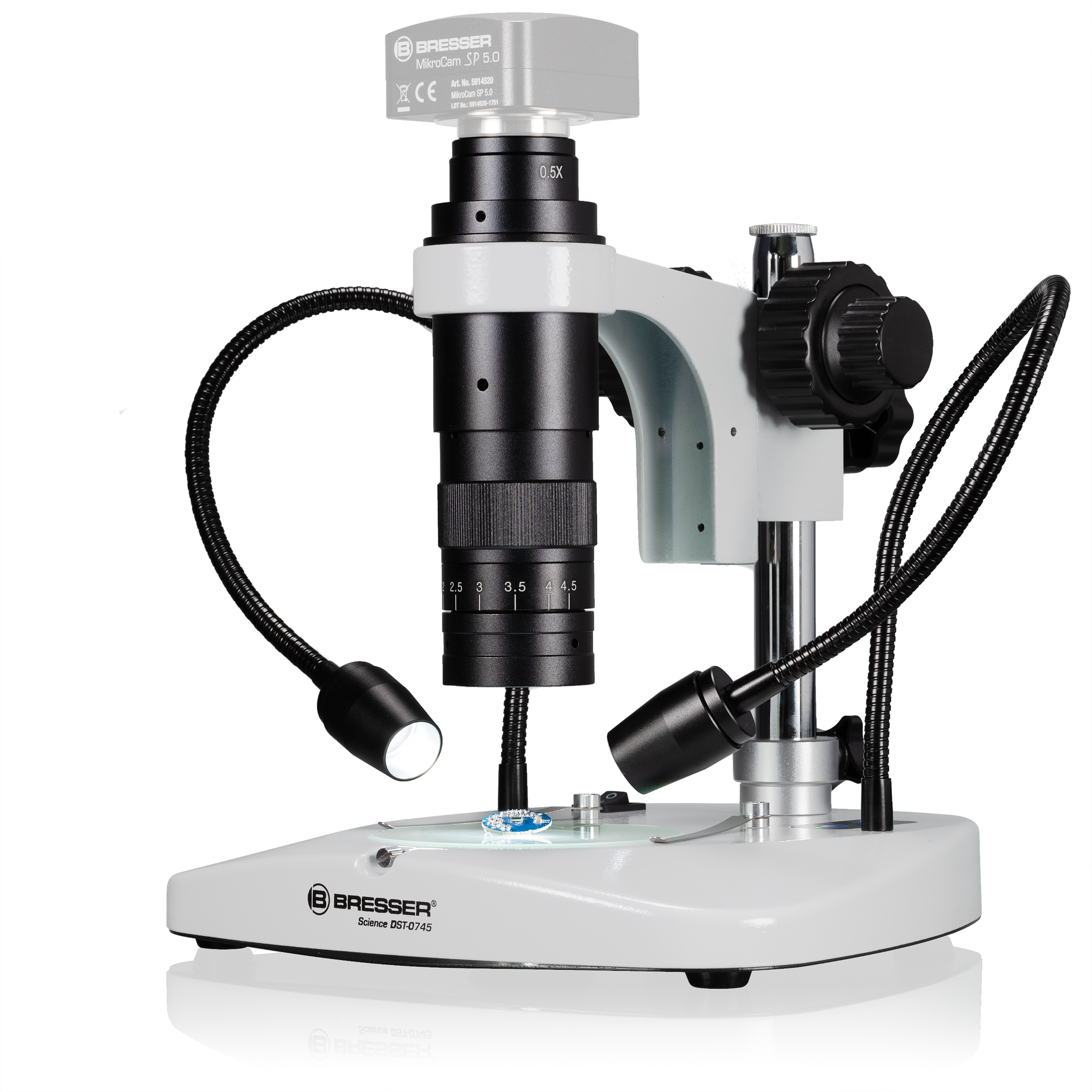
Exploring the World of Microscopes with BRESSER UK
When it comes to examining the minutiae of our world, microscopes are unparalleled tools. From student projects to high-end laboratory research, the right microscope can open up a universe of detail.
BRESSER UK is proud to offer an extensive range of microscopes, ensuring there's a perfect match for every enthusiast and professional.
What Are the Different Types of Microscopes?
What Are the Different Types of Microscopes Used For?
If you have questions like this, we have some answers for you below.
Microscopes
What Are the Different Types of Microscopes?
Microscopes come in various types, each designed for different applications and user needs. Whether you are looking for a compound microscope, an inverted microscope or a microscope for your workshop, BRESSER UK provides a wide range of different models for professional or amateur use, which are categorized as follows:
- Student Microscopes: Ideal for beginners and educational purposes. These microscopes are user-friendly, durable, and often come with essential features suitable for learning the basics of microscopy.
- Laboratory Microscopes: Designed for advanced users in scientific and medical fields. They offer high magnification and precision, making them ideal for detailed research and analysis.
- Stereo Microscopes: Also known as dissecting microscopes, they provide a 3D view of the specimen. Perfect for viewing larger objects like insects, plants, or circuit boards.
- Digital Microscopes: These combine traditional microscopy with digital technology, allowing users to capture images and videos of specimens. They are versatile and user-friendly, ideal for both educational and professional settings.
What Are the Different Types of Microscopes Used For?
Each type of microscope caters to different needs. Student microscopes are great for introducing the basics of microscopy, often used in schools and amateur settings. Laboratory microscopes, with their high magnification and precision, are indispensable in fields like biology, pharmacology, and materials science. They allow for in-depth analysis of microorganisms, cells, and tissues.
Stereo microscopes, on the other hand, are excellent for work requiring depth perception. Biologists, entomologists, and even electronic engineers find them invaluable for examining larger, more complex specimens. And digital microscopes, with their ease of capturing and sharing images, have become a staple in both educational and research settings, facilitating documentation and collaborative studies.
What is a good microscope?
Selecting a superior microscope involves understanding several essential factors:
- Optical Quality: This is the heart of a microscope. Superior optical quality means high-resolution, clear, and undistorted images. It's crucial for accurately viewing specimens and making precise observations.
- Magnification Power: The right magnification power is vital. It should be high enough to reveal the details you need without sacrificing clarity. However, more magnification isn't always better; it must be balanced with optical quality.
- Ease of Use: User-friendliness is key, especially for beginners. A good microscope should have intuitive controls, be easy to focus, and be adjustable to accommodate different users. This makes the experience more enjoyable.
- Build Quality: A sturdy construction ensures the microscope can withstand regular use. It should have a solid frame, quality materials, and reliable mechanical parts. This longevity is especially important in educational and high-usage environments.
- Adjustable Lighting: Good lighting is essential for clear imaging. Adjustable lighting, such as LED illumination with variable intensity, provides flexibility to achieve the best possible view of the specimen under different conditions.
- Digital Capabilities: For those needing to document or share their findings, digital features like built-in cameras or connectivity with computers are invaluable. This allows for capturing, storing, and sharing images and videos with ease.
- Ergonomic Design: Comfort is important, especially during long hours of observation. Ergonomically designed microscopes reduce strain and fatigue, making them more comfortable for extended use.
BRESSER microscopes stand out in these areas, offering a range of options that cater to various needs and skill levels.
Why Choose BRESSER UK for Your Microscopy Needs?
At BRESSER UK, we are dedicated to delivering not just quality microscopes but also a customer experience that makes us stand out. As with our popular BRESSER Binoculars and Telescopes, our selection of microscopes – each meeting stringent quality standards – also ensures that you'll find the right tool for your exploration and research, whether you're a beginner or a professional. Our expertise in optics and dedication to customer satisfaction make us a trusted name in the field.
Embark on your journey into microscopy with BRESSER UK and explore our wide selection of microscopes today! And if you want to share this exciting hobby with your kids discover our BRESSER JUNIOR Microscopes specifically designed for children.





